N-1ws #18: A sub-1kg Ti road frame, value-packed carbon gravel, and a more competitive XC racer from Ari
Tons of new wheels and tires this week, too, along with my favorite little multi-tool.
Featured in this week’s tech round-up:
Litespeed re-enters the ultralight arena.
State Bicycle Company’s new carbon gravel bike is big on value.
Ari’s revamped Signal Peak XC race bike gets more competitive.
A whole bunch of new road and gravel tires from Specialized.
Vittoria goes wide(r).
An ultra-speedy gravel race tire from Teravail.
Fit Kit wants to take the headache out of installing new cleats.
The Topeak Nano 7 is a tiny-yet-mighty mini-tool.
Winter isn’t over just yet.
Oh man, the vibes at this past weekend’s Philly Bike Expo were good.
I haven’t been to this show since 2018, before COVID and before the show moved its spot on the calendar from November to March. I’d already enjoyed the event back then for how it managed to meld the high-end world of custom builders with more grassroots segments like advocacy, commuting, and kid bikes. I wasn’t sure how seven years had changed the show, but I’m happy to say the way it reaches out to all segments of the cycling public seems to be working.
There was literally a line out the door on opening day at the Philadelphia Convention Center – not for tickets (although that line was a decent size, too), but for the monitored indoor bike parking since so many folks had ridden to the event instead of driving. There were fixies and kid bikes and townies with baskets. The occasional old ‘cross bike that’d been relegated to commuting duty. Rattle-can paint jobs. Random mountain bikes. E-bikes ridden by older folks donning helmets with clear visors.
It was a glorious sight from a tech geek’s perspective if only for the breadth of different equipment I saw, but it was arguably more uplifting because of the diversity of cyclists it represented.
Cycling isn’t supposed to mainly be a spectator sport where we watch other people ride bikes; it’s about riding bikes ourselves (though there were certainly a few in the crowd paying attention to what was going on at Strade Bianche on Saturday, and more power to them).
True to form, the show included a similarly broad mix of exhibitors. Cinelli had a beautiful steel disc-brake road racer. 44 Bikes showed off a gorgeous titanium gravel bike. Yellow Bird had artfully machined brass handlebar end plugs and headset caps for riders that wanted to Dres up their rides just a little bit (without breaking the bank). Rivet’s classic leather saddles were the same as they’ve always been, but the brand is now experimenting with laser etching for personalized graphics – not because it offers higher performance, but because it’s fun. Want to ride to work in the rain? Cleverhood had you covered. Moms and dads were checking out Tern cargo bikes while just behind them, their kids were navigating orange traffic cones in the course the show had laid out on the other side of the show floor.
Sometimes I’ll admit that I look at the bike industry and feel a little downtrodden, when seemingly all the best and brightest in our little world can come up with is some esoteric technological “improvement” that only plays out on paper. But despite the heaviness in my legs after walking around for two days (OMG, shop mechanics, I tip my hat to you all once again), I hopped on the train back to the airport feeling lighter than when I landed.
This is what it’s all about, everyone. Bikes are freaking amazing. New ones, old ones, pretty ones, ugly ones, heavy ones, light ones, bikes meant to go fast, bikes meant to go slow, disc brakes, rim brakes, metal frames, plastic ones, drop bars, flat bars, H-bars, stock, custom, cheap ones, expensive ones.
Even if they’re not all for you, embrace and appreciate every last one of them – along with the person riding it.
If you haven’t yet caught up with all of the coverage from the Philly Bike Expo, you can find it all here.
In the news
Litespeed’s Coll dels Reis resurrects the spirit of the Ghisallo for a new ultralight titanium road bike
The Coll dels Reis is a well-known road ascent on the island of Mallorca that climbs 702 m (2,303 ft) in just 10.2 km (6.3 miles), snaking up 17 switchbacks while offering gorgeous views of the sea to help mask the pain – and it’s also the name of Litespeed’s newest flagship titanium road bike.
The Coll dels Reis revives the spirit of the old Litespeed Ghisallo in that its main goal is low weight, to the tune of just 948 g for a medium-sized frame. That’s admittedly about 100 g heavier than the Ghisallo, but whereas that model was built around rim brakes, quick-release wheels, and narrow tires, the Coll dels Reis is a thoroughly modern machine with flat-mount disc brakes and thru-axles at both ends, room for 35 mm-wide tires, and fully internal cable routing courtesy of Enve’s In-Route system.
An English-threaded bottom bracket, conventional rear derailleur hanger, and anodized graphics are standard, but a T47i shell, UDH, and a welded-on head tube badge are optional extras (all of which tack on about 100 g as well as more cost). According to Litespeed, this puts the Coll dels Reis about 230 g lighter than a Seven Cycles Axiom XX and 170 g lighter than Litespeed’s own Spezia model.
Given this is a brand-new flagship model claimed to be the “world’s lightest production road frame,” you might think Litespeed leans heavily on the latest-and-greatest manufacturing methods like 3D-printing to make the Coll dels Reis. However, Litespeed claims it investigated that and other technologies, and decided the tried-and-true was still the best option overall. And while Litespeed has dabbled with 6/4 titanium tubing over the years, the Coll dels Reis sticks with traditional 3/2.5 stuff – heavily shaped and butted, mind, you, but 3/2.5 alloys nonetheless.
“After evaluating every aspect of the Coll dels Reis, we found no new techniques delivered improvements on the strength-to-weight ratio or service life levels than that of our existing proprietary processes, allowing us to achieve the greatest weight savings, while maintaining reliable performance,” reads Litespeed’s press release. “All critical titanium small parts – dropouts, bosses, and guides – are CNC-machined in-house to maximize strength and weight savings.”
Unlike the Ghisallo (whose ultra-low weight also came with a reputation for whippiness), the Coll dels Reis is supposedly still reasonably stiff thanks to more aggressively shaped (and possibly larger-diameter) tubing. Nevertheless, the maximum rider weight limit is just 87 kg (187 lb) for each of the six available sizes.
I’m hoping that ultra-low weight and presumably unusually thin tubing also come with a particularly lively ride quality, especially given the unquestionably premium US$6,500 asking price just for the frame (or US$16,500 for a complete bike – to start). I’ll find out soon enough as Litespeed has already promised me a test sample to review.
State Bicycle Company brings high value to carbon fiber
You have to hand it to the folks at State Bicycle Company. If you’re trying to keep up with the Joneses in terms of features and want maximum bang for your buck, they sure know how to tick all the boxes. Case in point: its new carbon fiber gravel bike, which looks awfully good on paper.
The new Carbon All Road v2 leaves few stones unturned, including clearance for 29x2.2” or 650x2.3” mountain bike tires, a T47 threaded bottom bracket, UDH-compatible dropouts, internal down tube storage, and a value-minded build kit featuring a 1x12 mechanical drivetrain built by Sensah for SBC, hybrid mechanical/hydraulic disc brake calipers (that should hopefully be much more functional than the old purely mechanical death traps SBC used to use), and 24 mm-wide tubeless-compatible aluminum wheels wrapped in 47 mm-wide Vittoria Terreno Dry tires – all for just US$2,300.
As is usually the case with State, there’s also a decent list of optional upgrades, such as various SRAM groupsets, DT Swiss aluminum and Enve carbon fiber wheels, and a few clipless and platform pedals.
But what I’m perhaps most pleased to see is the updated geometry, which features far more modern figures for each of the five sizes. Whereas previous SBC gravel bikes (regardless of material) featured weirdly long rear ends, curiously short front ends, and somewhat goofy handling as a result, the Carbon All Road v2 looks like a properly sporty machine with far more progressive geometry that doesn’t quite stray entirely into MTB territory. The crank lengths follow the latest trends, too, with even the small size coming with 165 mm-long arms.
I’ve already taken delivery of a Titanium All-Road from State for an upcoming review, but I’m now wishing I’d waited for this one to come out. Is it too late for a trade?
Ari makes the Signal Peak more competitive
Ari Bikes – the artist formerly known as Fezzari – announced earlier this week the redesign of its Signal Peak full-suspension cross-country race bike. The updates aren’t revolutionary, but they’re certainly in keeping with industry trends and should make the bike more appealing in an increasingly competitive landscape.
The old Signal Peak was offered with either 100 or 115 mm of rear travel via a traditional Horst Link four-pivot design, combined with either 100 or 120 mm of travel up front. This time around, Ari has gone with a simplified one-piece flex-pivot rear end with 110 mm of travel across the board, matched with a 120 mm-travel fork. This ensures all options have the same level of versatility and capability, but it’s also brought the claimed weight down to 1,732 g for a large frame. Keep in mind that figure is without a rear shock, which will add about 250 g or so, but it’s nevertheless a claimed decrease of up to 305 g.
Interestingly, Ari has designed the rear end such that it’s in its naturally unflexed state at the intended sag point, not at full extension (something Cannondale did with its original Scalpel). According to Ari’s marketing materials, “this allows the seatstay to act as a leaf spring that helps keep the bike at sag when pedaling, preventing pedal bob, and allows us to fine tune the end stroke ramp-up inherent in flex-stay suspension designs. At full extension, the energy stored in the rear triangle helps actuate the shock leading to a buttery smooth sensation off the top that quickly transitions to a supportive mid stroke.”
Geometry has been brought to more modern norms, including a 66.5° head tube angle (0.5° slacker than the old Signal Peak TR), a steeper seat tube angle (from 75 to 76°), and a bigger spread of reach dimensions across the four sizes, from 425 mm on the small up to 505 mm on the extra-large.
Ari also says the revised carbon fiber frame will also accept longer dropper seatposts than the old Signal Peak, and the chainstay guard has more prominently raised ribs to reduce drivetrain noise. As before, the rear dropout is UDH-compatible, there are mounts for three water bottles (two inside the main triangle), and – hallelujah! – hoses and housings are not routed through the headset. Omitted this time around are the previous version’s ISCG-05 chain guide mounts, although given the Signal Peak’s intended use, I doubt anyone will miss them.
Pricing is just as appealing as before, with complete bikes starting at US$3,800 with a Shimano Deore 12-speed mechanical drivetrain, TRP Slate Evo brakes, and DT Swiss X1900 aluminum wheels, and the flagship model coming with SRAM’s top-end XX SL Transmission wireless electronic drivetrain, a crank-based power meter, SRAM Level Ultimate Stealth four-piston brakes, RockShox Flight Attendant self-adjusting suspension front and rear, and Zipp 1Zero HiTop S carbon wheels for US$9,400.
Ari will also sell frames for US$3,000 and framesets with a RockShox SID Ultimate fork for US$3,500.
I’ve got a sample inbound, so let’s see what this consumer-direct bargain can do.
New road and gravel tires from Specialized
Following up on Specialized’s XC-focused tire release last week comes another batch of fresh rubber, this time centered around road, gravel, and trail categories.
On the road, the big news is the newly revamped Rapidair TLR, whose claimed specs are more than a little eye-opening. Specialized says it saves 5 W of rider energy at 40 km/h as compared to last year’s S-Works Rapidair (per pair, surely), two of which are supposedly due to a new tread design with its series of angled grooves and a more tapered transition between the tread cap and sidewall, while the other 3 W is from lower rolling resistance courtesy of a new casing design that features the usual three plies under the sidewalls but just two under the tread cap.
The Rapidair TLR is also impressively light with a claimed weight of just 220 g for a 700x26 mm size, and it supposedly offers better grip thanks to increased pliability in the tire crown. However, I’m guessing the dual-compound tread cap is rather thin – and there’s also no supplemental reinforcement underneath it – and so it’s no surprise that Specialized is saying this should be reserved only for race days (maybe even on a swept course, no less).
Specialized is also offering the Rapidair in a 700x28 mm size with a claimed weight of 230 g, both with a retail price of US$100 / £75 / €90 / AU$140.
Moving one step up the durability ladder brings you to the new S-Works Turbo TLR, with its more traditional three-ply 120 TPI nylon casing and a puncture resistant belt under the tread. Even so, Specialized says “reducing unnecessary rubber mass” makes this one 20 g lighter than the outgoing S-Works Turbo BR while still sporting dual-compound rubber. Interestingly, these will be offered only in 28 and 30 mm widths, but in both tan-wall and black-wall colors, with claimed weights ranging from 265-285 g. Retail price is US$80 / £60 / €75 / AU$110.
Perhaps hearing some pushback from consumers on road tubeless in general, Specialized has also added a tube-type version of the Mondo endurance tire. This one sports a non-tubeless triple-layer 120 TPI nylon casing with bead-to-bead reinforcement, a single grippier rubber compound, and 26-30 mm widths with claimed weights from 260-340 g. Retail price is US$55 / £45 / €50 / AU$90.
Three all-new tires fill out the gravel repertoire for the 2025 season.
The new Pathfinder TLR gets a revised dual-compound tread pattern for “19% better rolling resistance” than the old Pro casing, together with more pronounced shoulder knobs for enhanced cornering grip on dirt, plus a 25-gram weight loss. The new TLR’s 60 TPI four-ply nylon casing is also said to provide “14% more cut resistance compared to our previous Pro casing, and 30% over our [sadly!] discontinued S-Works casing.”
Specialized is offering these in 35, 40, and 45 mm widths, with claimed weights from 380-520 g and a retail price of US$55 / £45 / €50 / AU$90.
The revamped Tracer TLR is still intended as an all-purpose tread, but now with a micro-block center tread and progressively taller shoulder blocks instead of the old version’s lightning-bolt design, and the same four-ply 60 TPI nylon casing as the new Pathfinder. Tracer is offered in 40, 45, and 50 mm widths with claimed weights from 460-550 g and the same retail price as the Pathfinder.
And finally, there’s the redesigned Terra TLR for the underbikers out there, with its larger, taller, and more openly spaced knob pattern to provide more secure grip on loose ground. This one’s only offered in 45 and 50 mm widths with claimed weights of 500 and 560 g, respectively, and the same price as the Tracer and Pathfinder.
Some gravel tire samples have just landed, so stay tuned for more once I’ve had a chance to put them through their paces.
Vittoria goes big(ger) with the new Corsa Wide Rim
Vittoria has announced a new version of its popular Corsa tubeless-ready road tire specifically for use on wide-profile rims that are increasingly favored these days. The Corsa Wide Rim is designed for rims with a 25 mm internal width – hookless or hooked – and is built with a dedicated casing and tread cap for the combo. Part of this is to satisfy the latest ETRTO wheel-and-tire guidelines, but Vittoria claims there are performance (and, presumably, safety) benefits, too.
The specific casing retains a more natural cross-section as opposed to stretching a narrower tire across a wider foundation (which might yield the desired width, but with a shallower and flatter shape), and the tread cap covers more of the casing than would otherwise be the case, too. The resultant shape also produces a cleaner transition to the rim sidewalls for supposedly better aerodynamics.
“Had we simply relabeled a smaller sized tire (which would then grow in width on a wider rim), the relation of cross-section width to cross-section height would have been compromised, which would have affected the profile of the tire,” explained Vittoria senior vice president of product development, Ken Avery.
Vittoria is offering the new 700x29 Wide-Rim size in both the 320 TPI polycotton Corsa Pro and 100 TPI nylon Corsa Next models for now, with the race-day-only Corsa Pro Speed coming later.
Claimed weight for the Corsa Pro Wide-Rim is 290 g, and retail price is US$107 / €96 / AU$107. The Corsa Next Wide-Rim is slightly heavier at 310 g, but also slightly less expensive at US$92 / €72 / AU$87.
Teravail gets serious about gravel racing
OMG, so many new gravel tires this week.
The growing niche of gravel bike racing hasn’t just spawned a slew of bikes that are more keenly focused on speed; it’s given rise to a whole supporting cast of associated tires, and one of the most extreme-looking in recent memory is Teravail’s new Updraft. Teravail describes these as having a, “modern file tread in the center for efficiency, longevity, and grip, with pronounced shoulder knobs for assurance through loose and unpredictable corners.”
In reality, the center tread is even more minimal than Schwalbe’s already barely-there G-One RS, with a pattern that more closely resembles old wooden plank flooring than anything I’ve seen on a tire. The cornering knobs are indeed quite tall and square with pronounced edges, but in between, there’s basically a whole bunch of nothing. Combined with what I expect to be reasonably pliability from the tubeless-ready 120 TPI nylon casing, the Updraft looks like it’ll be wickedly fast in the right conditions – and potentially downright sketchy in the wrong ones.
Teravail is offering the Updraft in widths from 35-50 mm (in 5 mm increments), exclusively in 700c and a single low rolling-resistance rubber compound, but in your choice of “Durable” or “Light & Supple” casing constructions. Claimed weights range from 395 to 635 g, and all versions will retail for US$75-80.
Going along with those new tires is Teravail’s first carbon fiber rim, called Circos, which features a 25 mm internal width, a 370-gram claimed weight per rim, and a hookless profile. Those specs alone don’t set the Circos apart at all, but there are some promising indications Teravail is at least prioritizing the right things here. Teravail includes nipple washers, for example, and while the front and rear rims share identical profiles, they get specific angles for the spoke hole drillings. Both of those combined should help distribute stress more evenly on the rim when it’s tensioned, and Teravail is backing the Circos with a lifetime warranty to the original owner.
Teravail is offering the Circos as a bare rim in either 24- or 28-hole drilling (700c only) for US$495 each, or as a complete wheelset built with DT Swiss 350 hubs for US$1,375.
Fit Kit’s Sablona tool hopes to ease your cleat setup
The folks at Fit Kit just announced their new Sablona measurement jig to help replicate your cleat position on new shoes. The concept is pretty straightforward, comprising a big plastic plate with a cleat-shaped hole and various printed scales to help precisely denote the cleat position and angle on the shoe. The idea is that you first record a reference position with your old shoe, lightly install a new cleat (or transfer your old one) to the new shoe, use the markings to match the reference position, and then tighten the cleat since the bolts are accessible from the bottom with the jig in place.
If this sounds familiar, that’s because Ergon introduced something quite similar – the TP1 – more than ten years ago. But what sets the Sablona apart is something remarkably simple: whereas the TP1 is made of opaque white plastic, the Sablona is made of clear plastic so it’s easier to get a more accurate gauge of how the cleat is positioned on the shoe.
Fit Kit has also added other scales on all four edges of the Sablona, which the company says allows it to be used, “for other bike fit measurements, including crank length, saddle setback, hood alignment, and MTB lever reach, making it a versatile tool for a variety of fit considerations.”
Fit Kit is offering the Sablona in three separate versions to suit Shimano SPD-SL, Look KeO, and Shimano SPD, all made in Austria with a retail price of US$45.50.
Sounds like it could be kind of useful, but it also sounds kind of pricey.
TL;DR review: Topeak Nano 7 multi-tool
For as long as I can remember (and I have no idea why this is), I’ve had an affinity for things that were distinctly compact – as in, things that performed the same function as bigger versions, but were lighter and took up less space.
Case in point is Topeak’s Nano 7 multi-tool.
This thing is positively tiny at just 5 cm in length (folded), and with an actual weight of just 44 g. Even so, it manages to include seven useful tools, including 2, 3, 4, 5, and 8 mm hex wrenches, a T25 Torx driver, and a flathead screwdriver – basically just about everything you might need for minor adjustments and fixes on the road, but absolutely nothing else.
Without question, the reason I’m so fond of it is specifically because of its size. It’s so small that there’s no pack or pocket that it won’t fit inside, and it’s also small enough that it can be a permanent resident of my camera/computer bag without creating a fuss when going through airport security.
The short length obviously limits how much torque you can apply, but since most smaller fasteners on even mid-ranged bikes rarely exceed 5 Nm, that’s really not a big deal. And when you’re trying to keep your buddies from waiting because you just need to make that slight tweak to something on the side of the road, I love that Topeak consistently finishes its 5 mm bits in black so it’s easier to identify against the other silver ones.
It’s not perfect, of course. There’s no 2.5 mm bit so SRAM users will probably want to look elsewhere, and there’s no 6 mm driver, either, although that’s perhaps just as well since you might not be able to get sufficient leverage for anything that uses a bolt that big despite the Nano 7 otherwise feeling surprising sturdy and flex-free in general. But curiously, Topeak has designed the Nano 7 such that the 5 mm hex bit and the adjacent flathead screwdriver can theoretically be used together on 8 mm bolt heads. Uh huh, good luck with that.
Mine has only required occasionally retightening of the pivot pins, the bits haven’t shown any signs of wear or corrosion yet (although, again, Colorado is pretty dry), and it isn’t horribly expensive at US$33 / €25 / AU$60.
If you ever catch me out and about and I’ve got my camera pack on (which is more often than not), rest assured there’s a decent chance I’ve got the hex tool you need on hand.
Recipe of the week
Ok, I’m back on the food train this week, although this recipe has nothing to do with baking – and it’s so simple that I shouldn’t even refer to it as a recipe at all.
It’s hot chocolate.
Like many folks, we used to make hot chocolate with milk and some kind of pre-made mix: heat up the milk, dump in some mix, stir it up, and you’re good to go. But here’s the thing: I’m more into the chocolate part of the equation than the sugar, and as it turns out, so’s my kid. So what I started a few years ago was skipping the store-bought mixes and using semi-sweet chocolate chips instead (or even better, properly dark chocolate).
I still heat up the milk on the stove as usual, but once it just starts to steam, I whisk in chocolate chips until I get the level of cocoa flavor that I want; usually a spoonful per mug of milk just about does the trick.
Don’t get me wrong; there’s still plenty of sugar in semi-sweet chocolate chips, “semi” or not. But when I make it this way, I get tons of chocolate flavor without the cloying sweetness you’d get if you used pre-made mix. Plus, it’s one less thing to take up space in the cupboard.
Shoot, did I say last week that spring was already coming?
That’s a wrap on another n-1 newsletter! Can you believe we’re almost at 20 of these things already? Nuts.
FYI, next week’s schedule will likely be a little wonky. I’ve published a whole bunch of stuff this week already and I’ll be traveling for most of Sunday and Monday, but with one more round of coverage remaining from Philly Bike Expo just after the weekend and another big release on Thursday (including my first podcast!), next week’s newsletter may go on pause. Busy times!
Speaking of which, I’ve been mulling over these weekly newsletters in general. You all really seem to like them, but they’re also quite long and time-consuming, and given the bulk of the content is commodity tech news that you can likely get elsewhere, I’m not sure how much they’re contributing to the general media landscape. Let me know your thoughts, please.






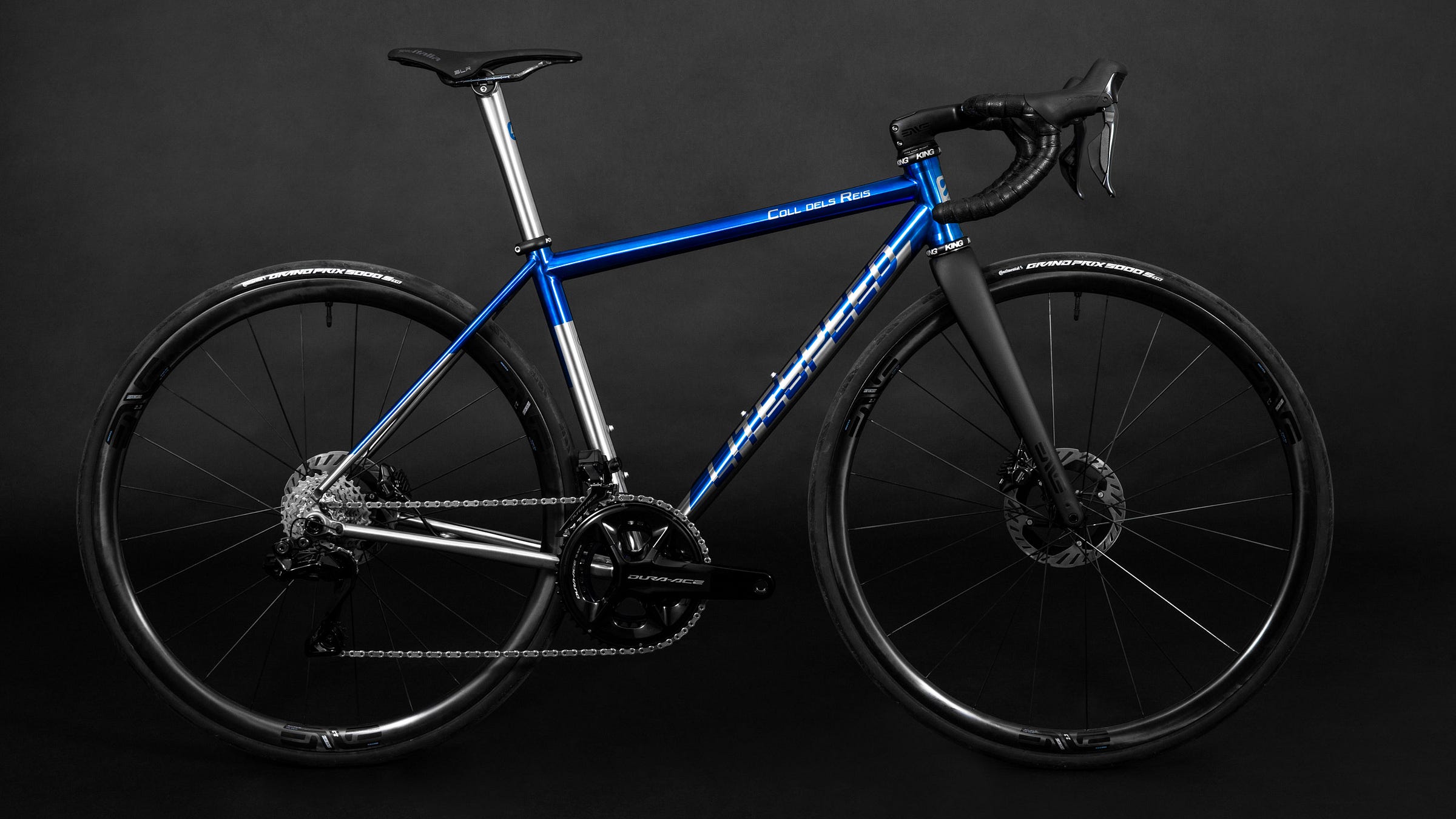

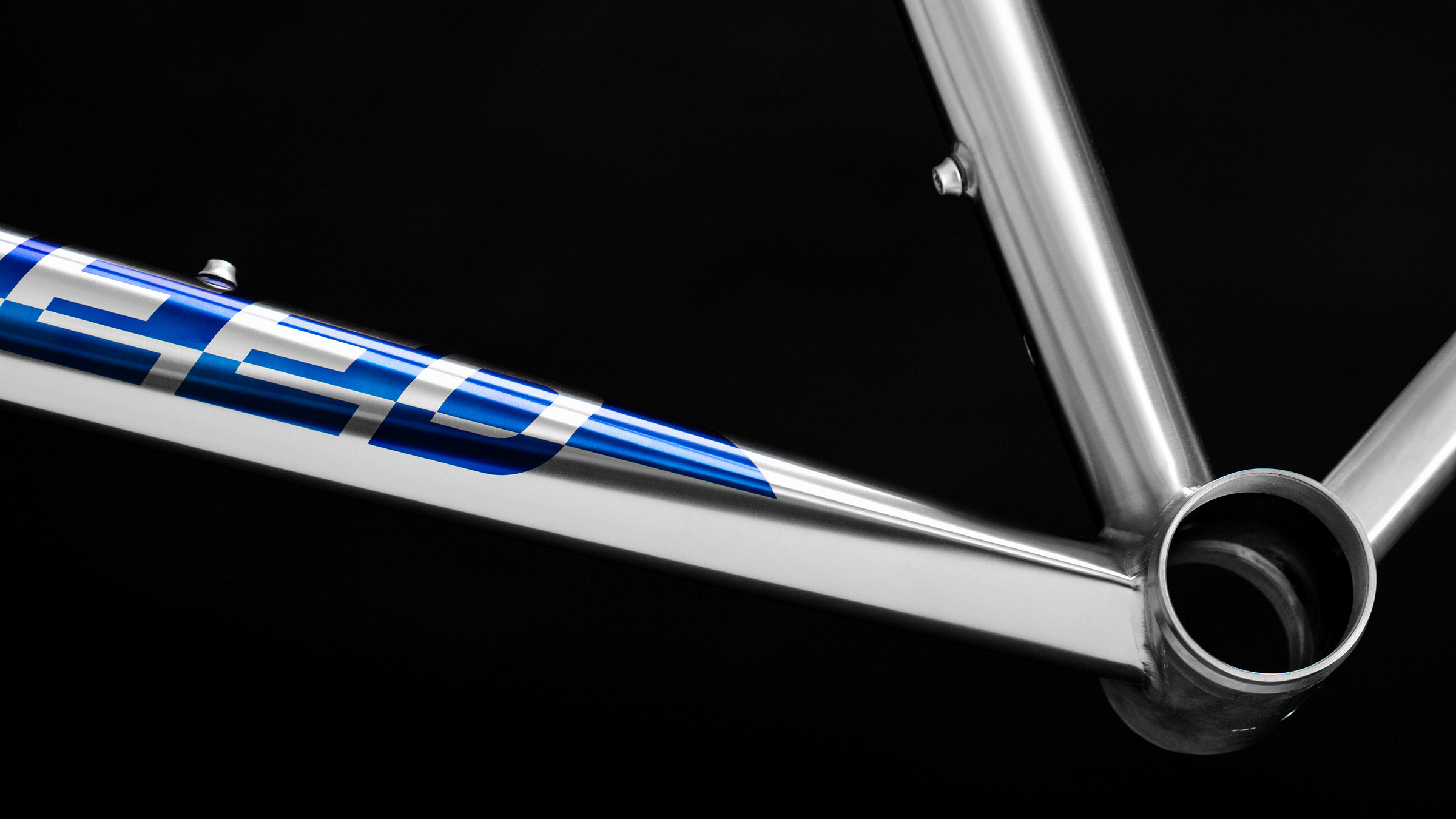

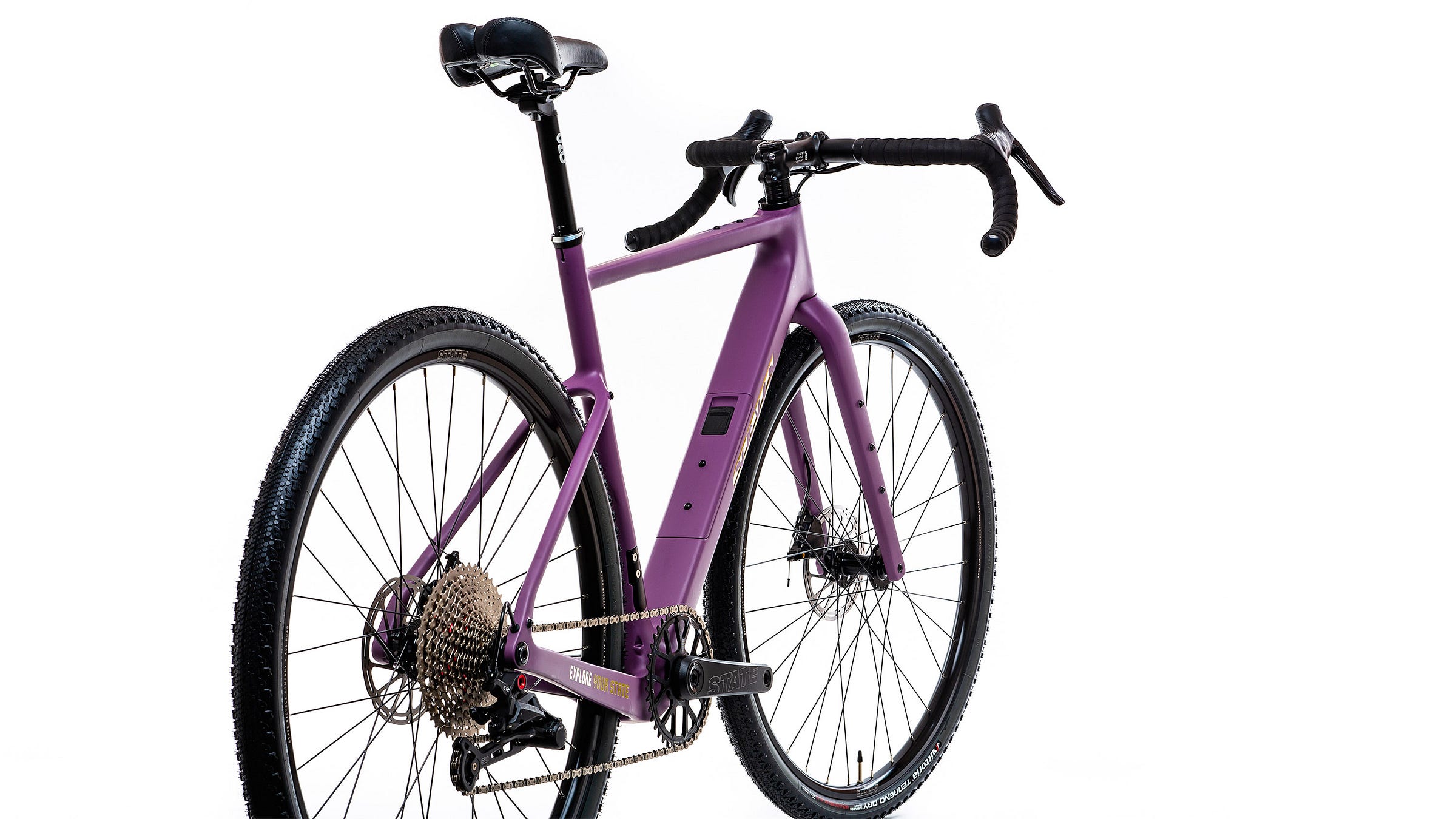
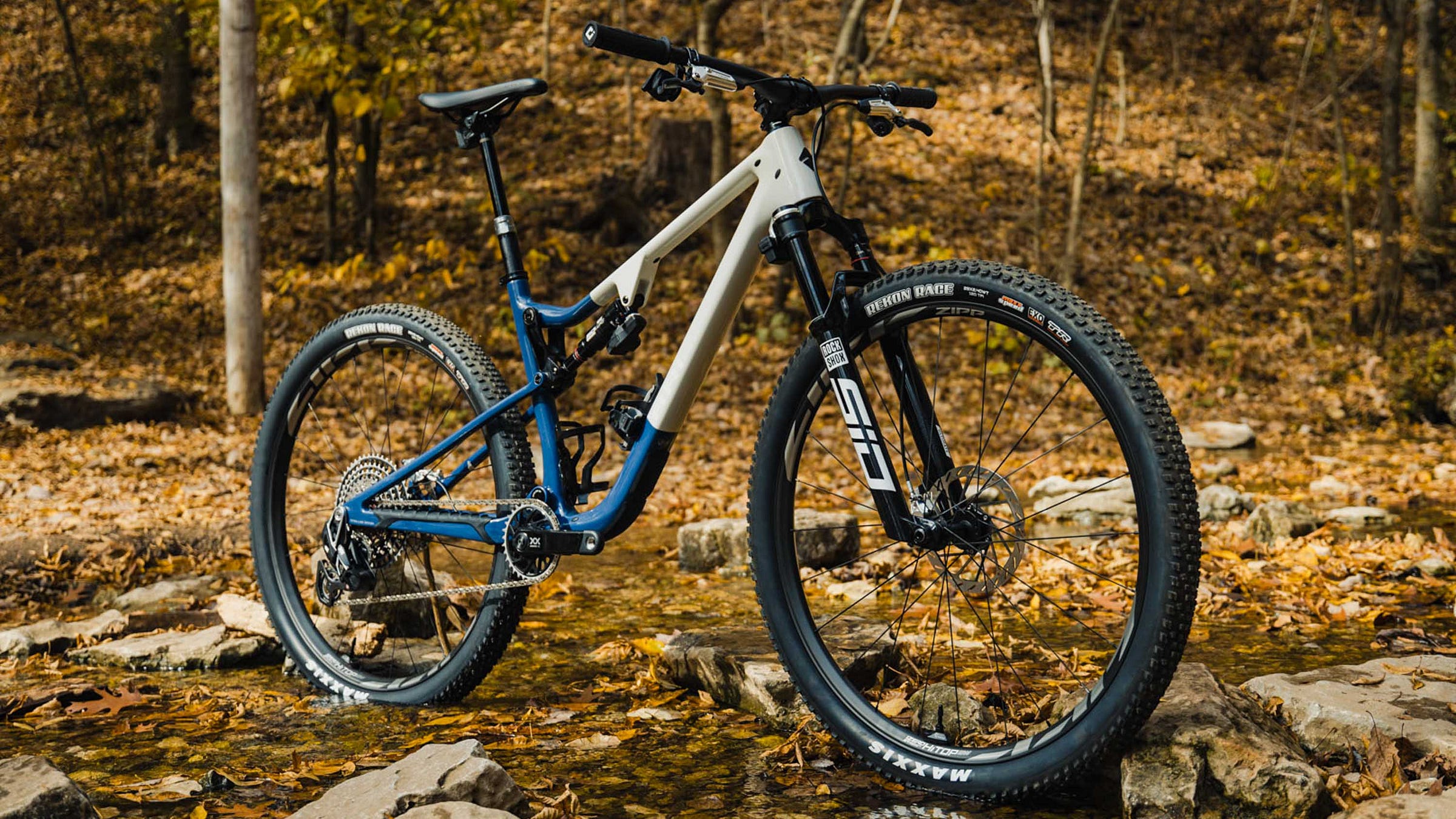
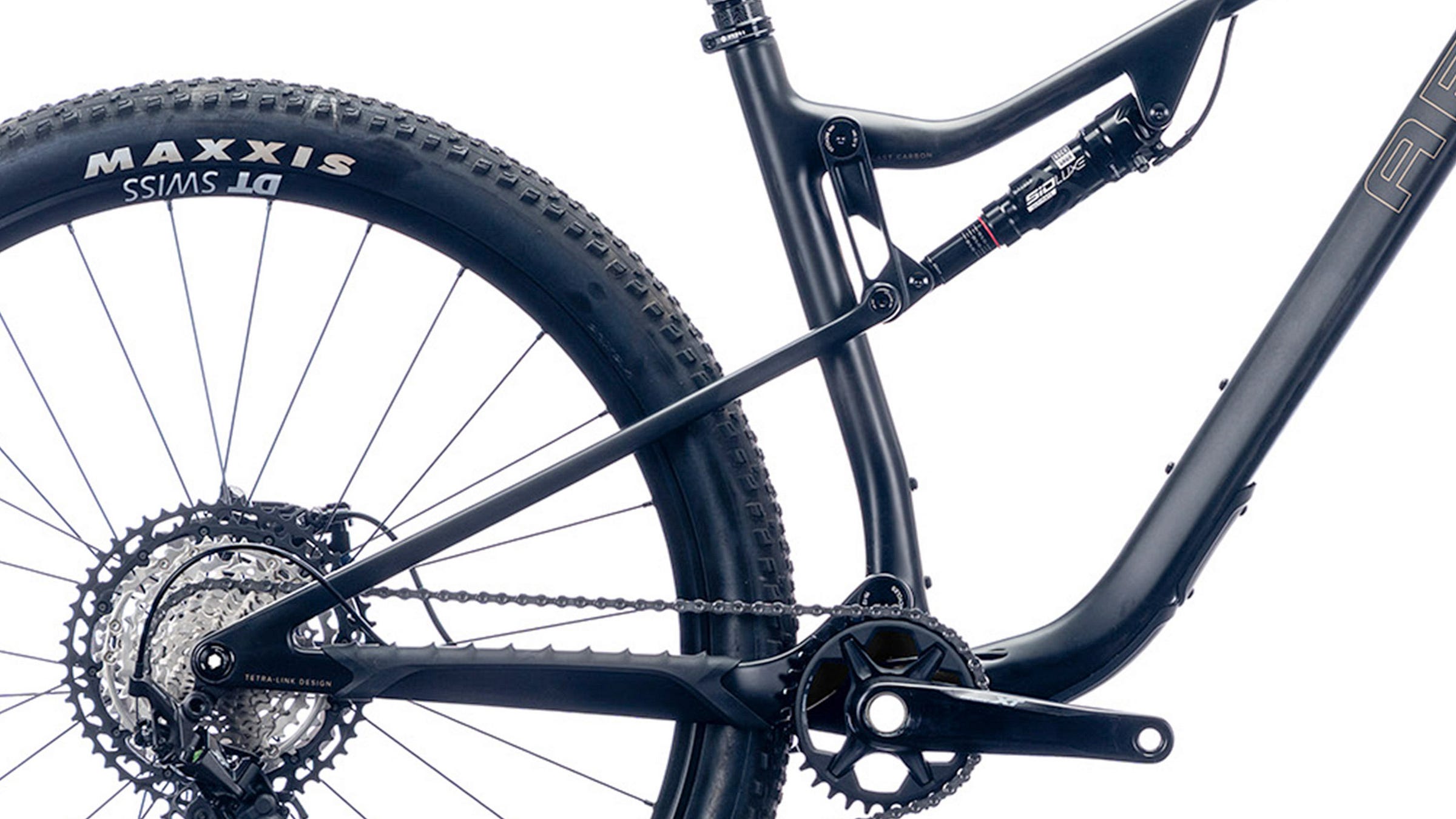

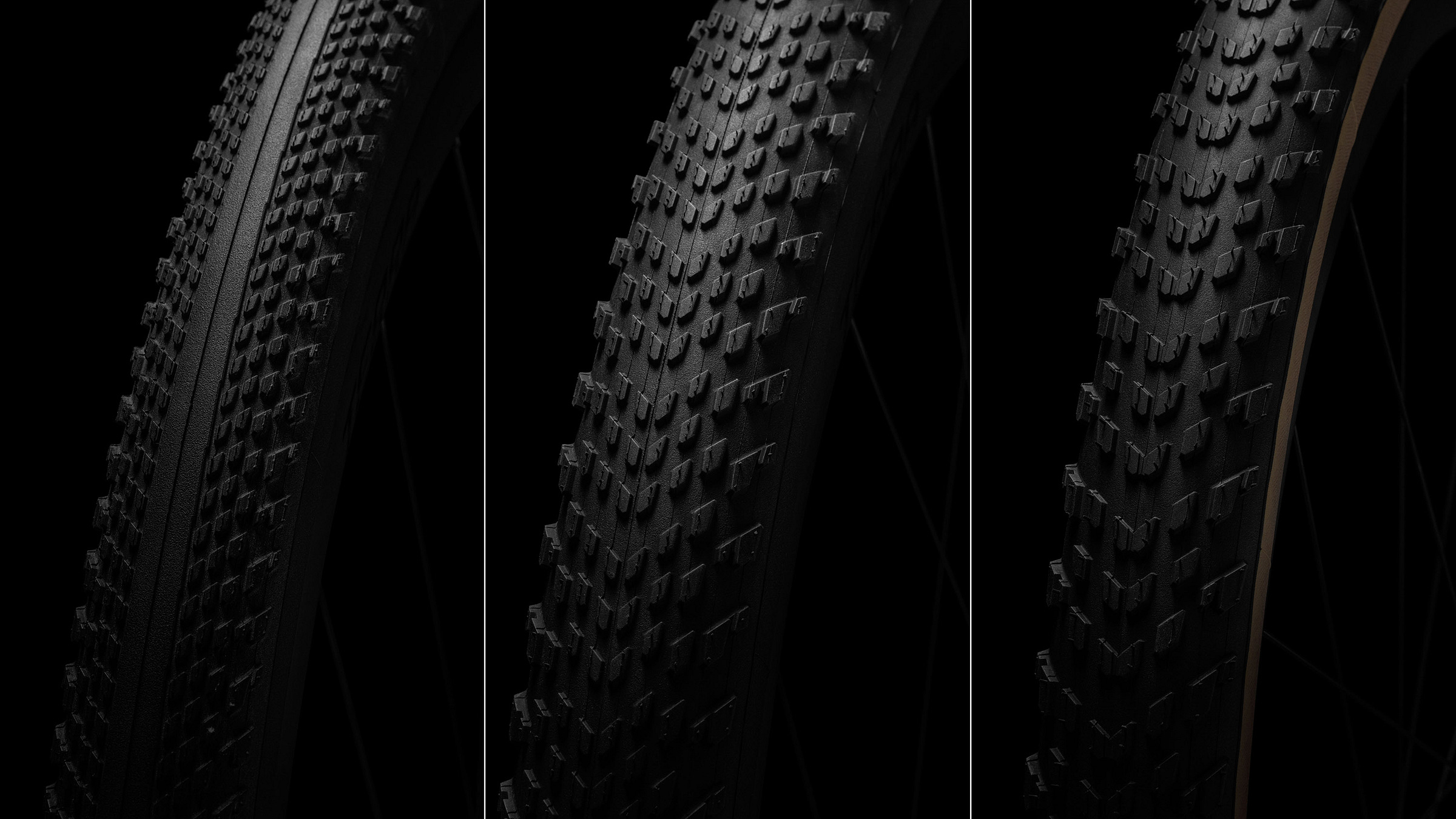

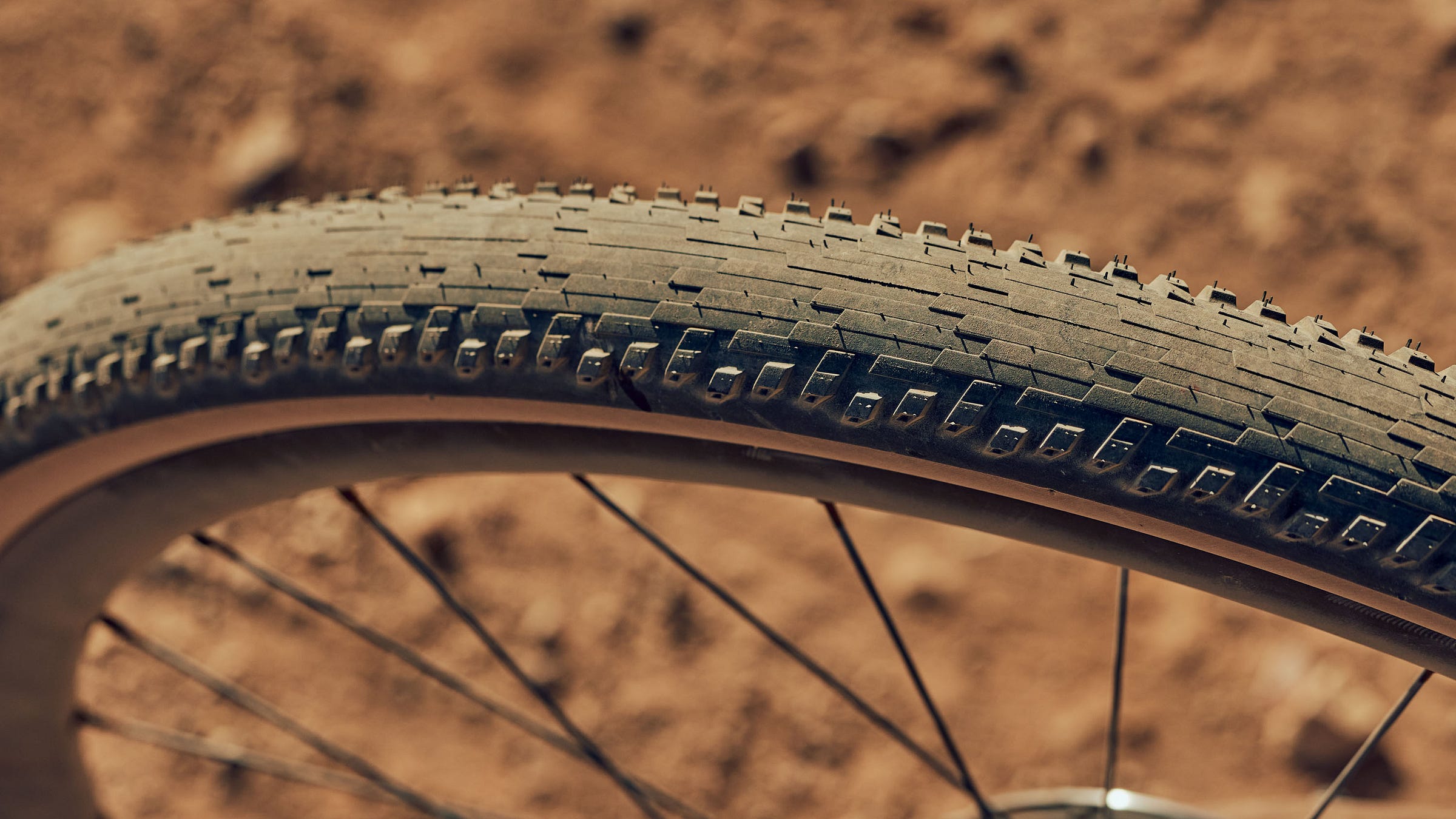
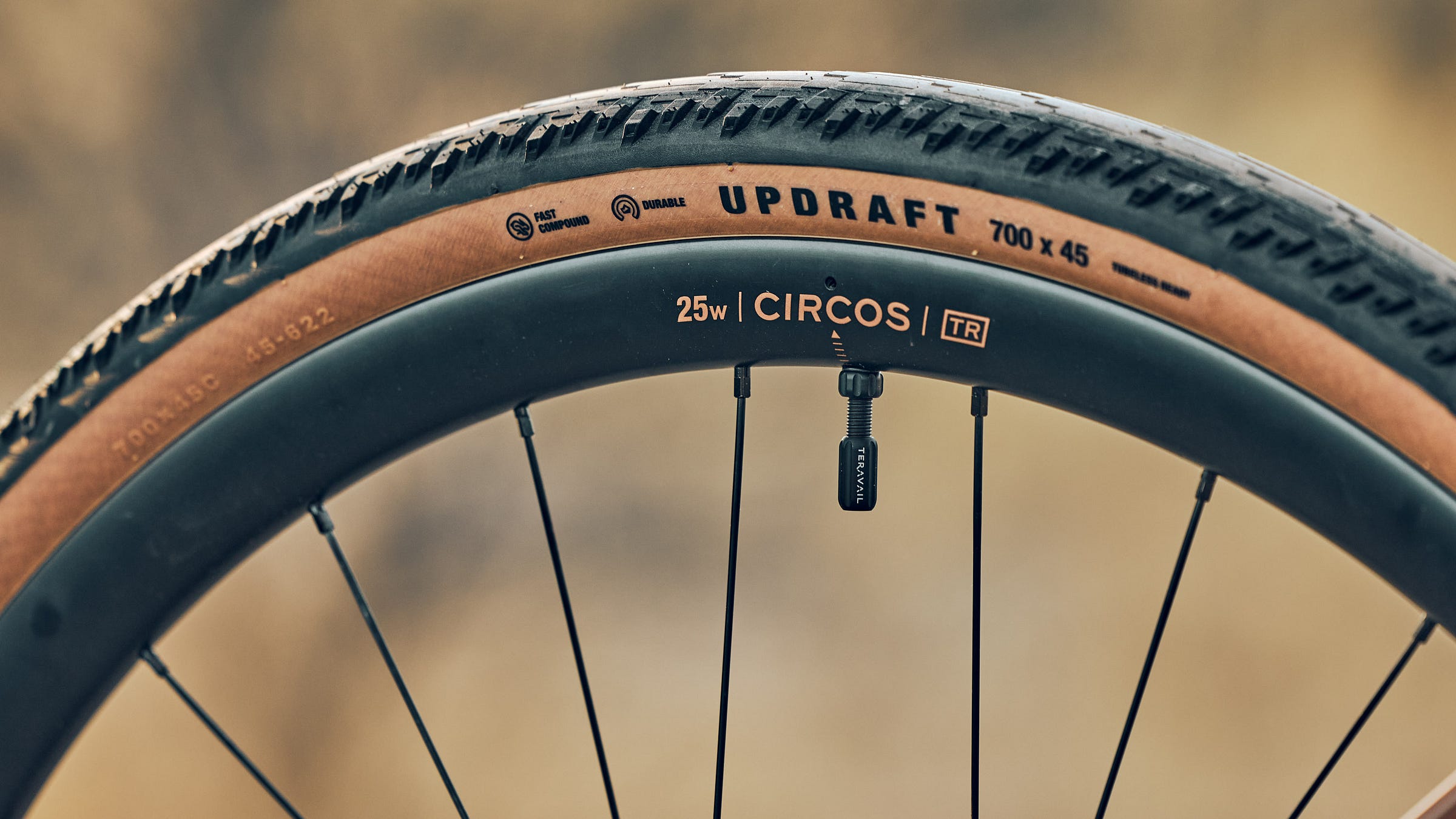

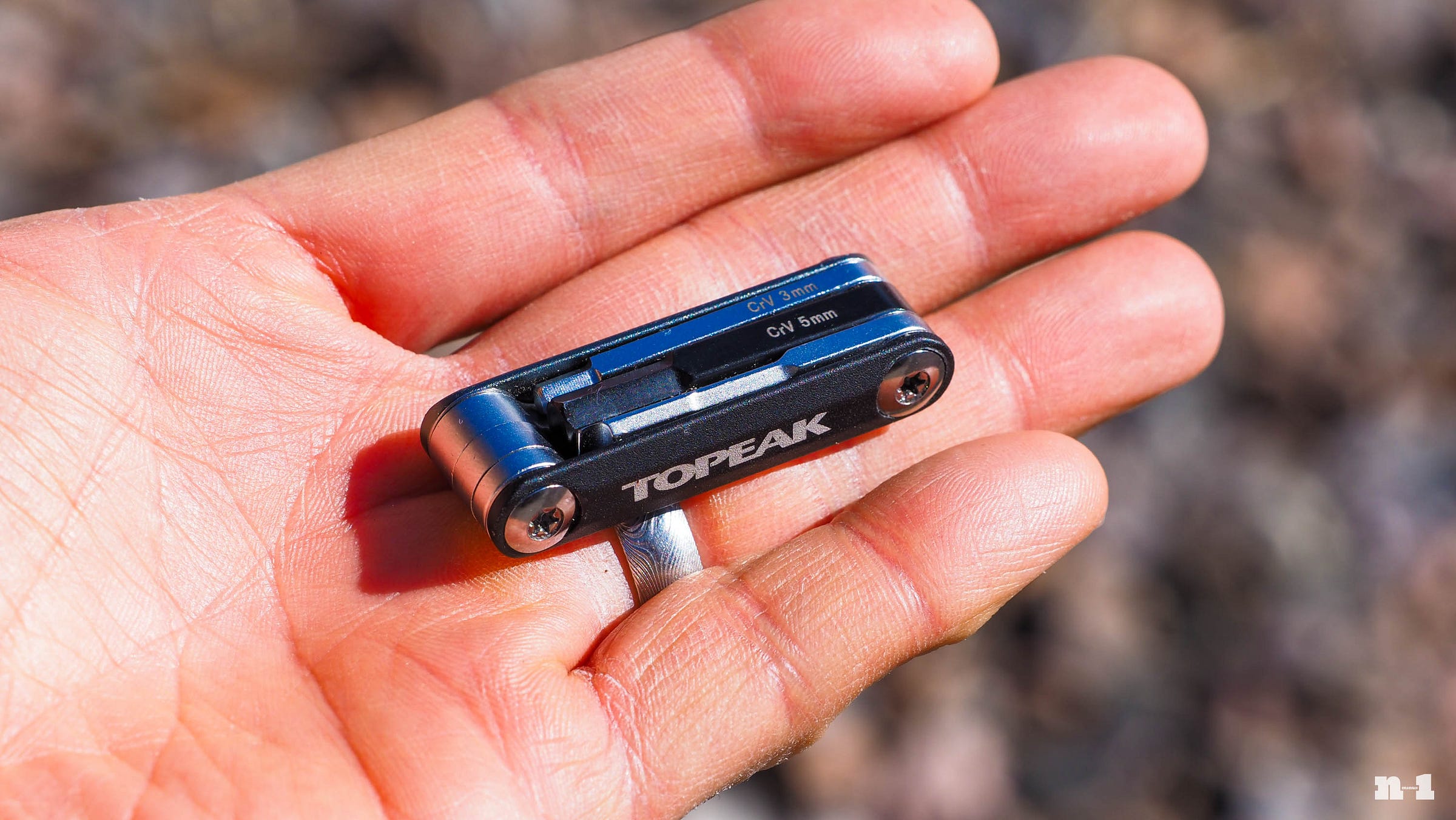
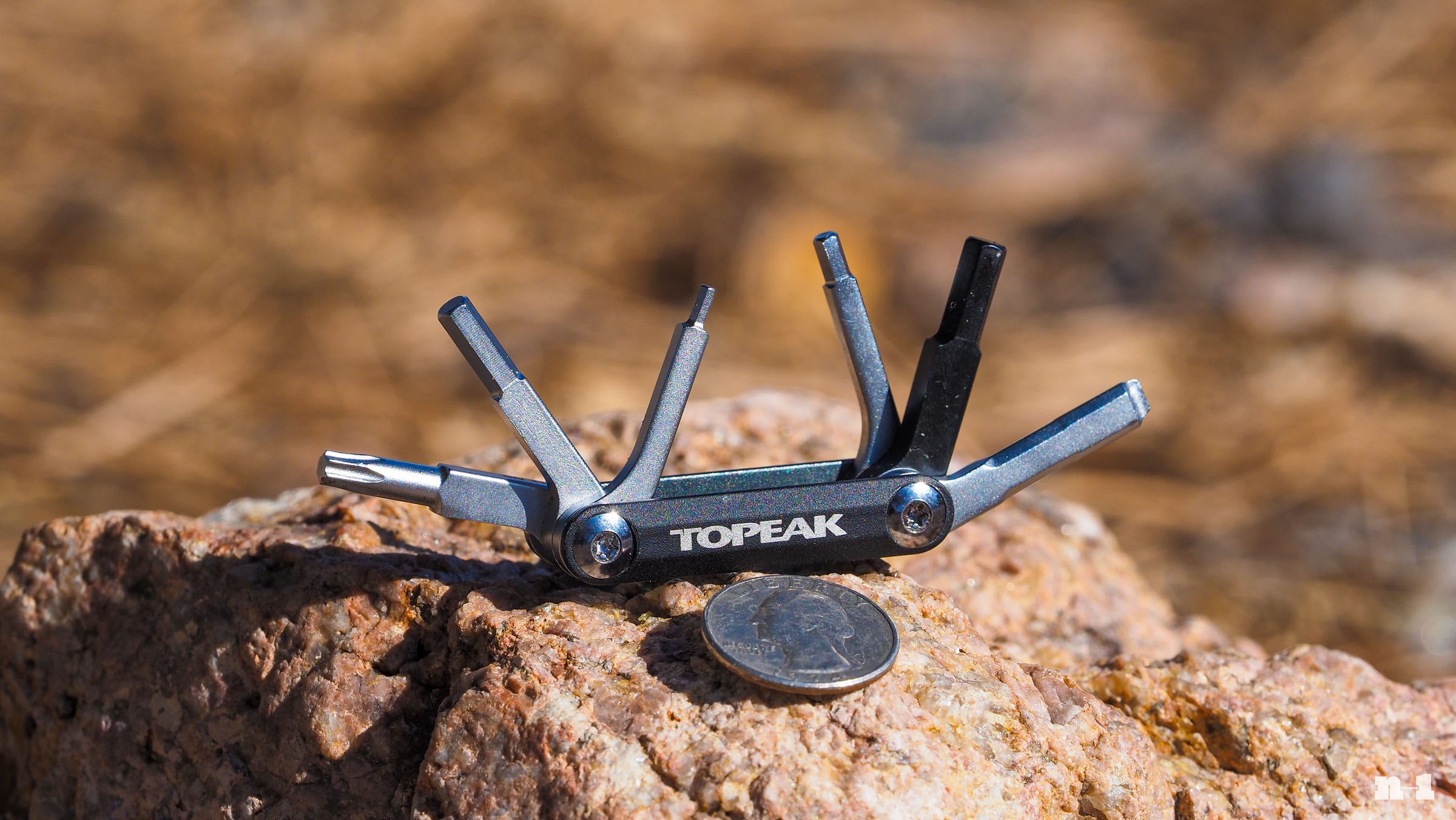

One person’s opinion, but regarding the newsletter, I think you should focus on your comparative advantage. What can you do (with decades of experience and an independent platform) that few others can’t? Reviewing bikes, components, wheels, interesting tech - Yes. Telling us what new tires Specialized released…there are probably better uses of your time. For the newsletter I think it’d be a great forum for: mini reviews of things you find useful and why (like the Topeak Nano 7), highlighting things that might not be covered elsewhere (the Litespeed bike), little tips and tricks you’ve picked up over the years that would be worth sharing and just general observations of yours over the week and things on your mind. You’d save time because it’s mostly stuff off the top of your head, no need to connect with brands, PR people, etc. What’s in your head that we can’t read elsewhere...I’d love to glean from those decades of experience. Just my 0.02.
8044 days left.